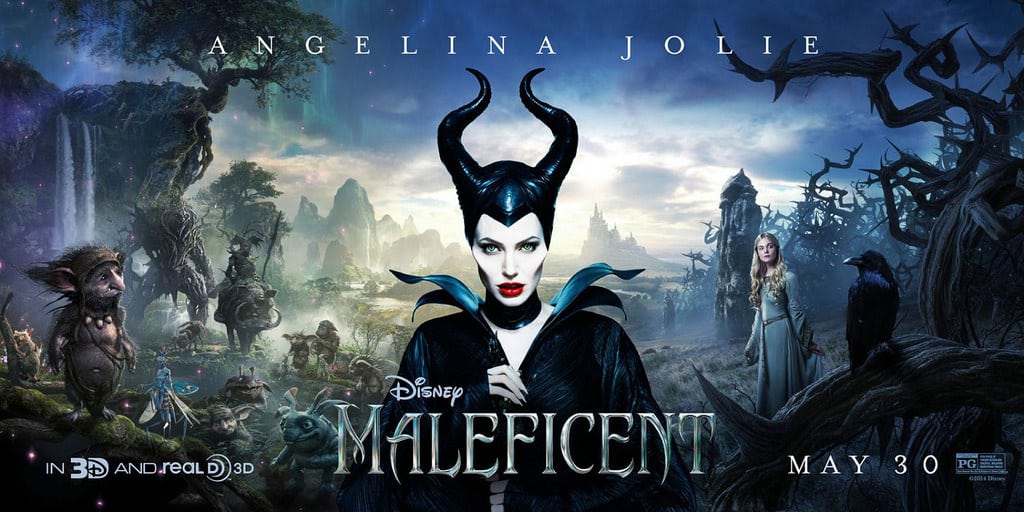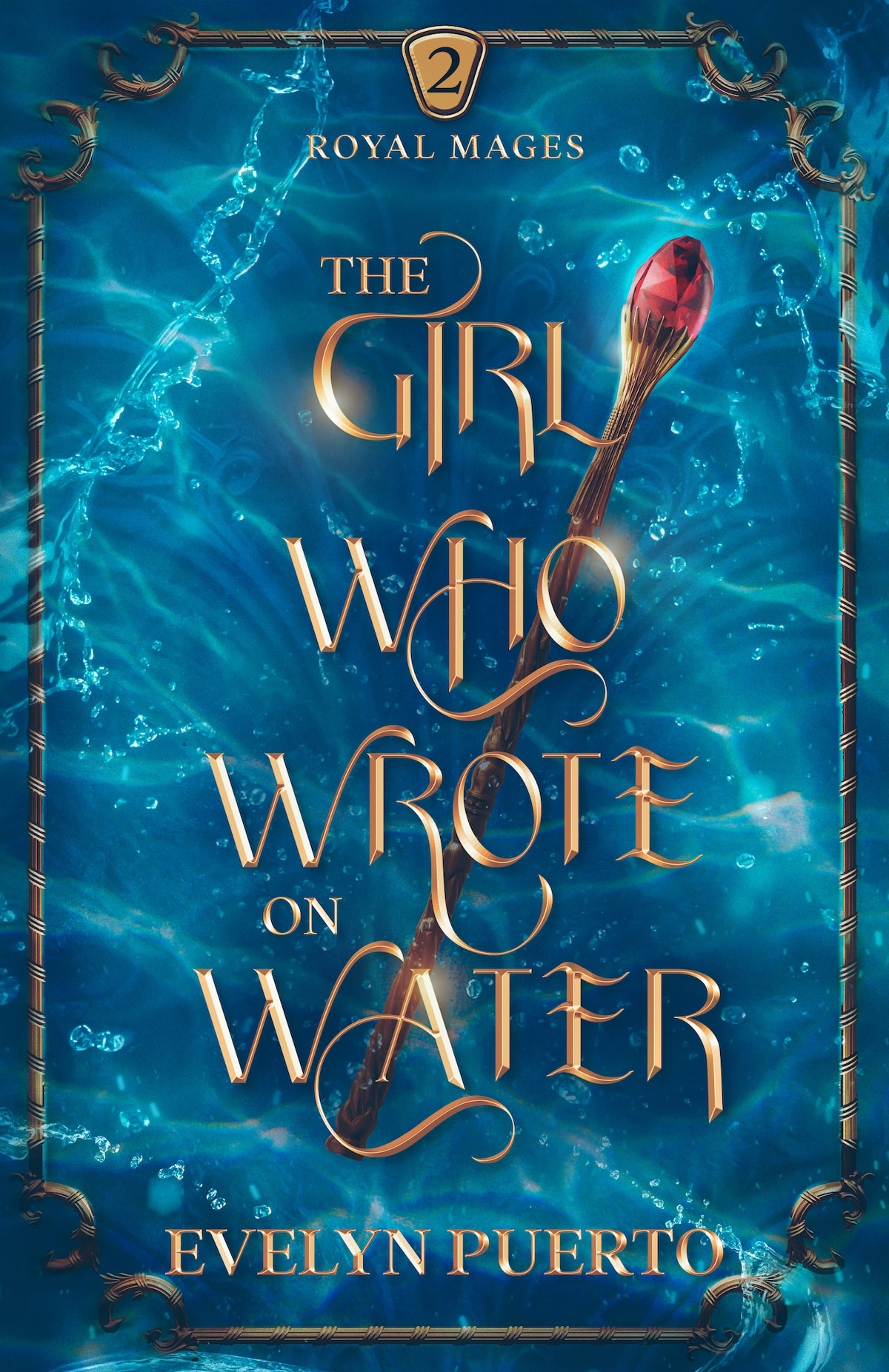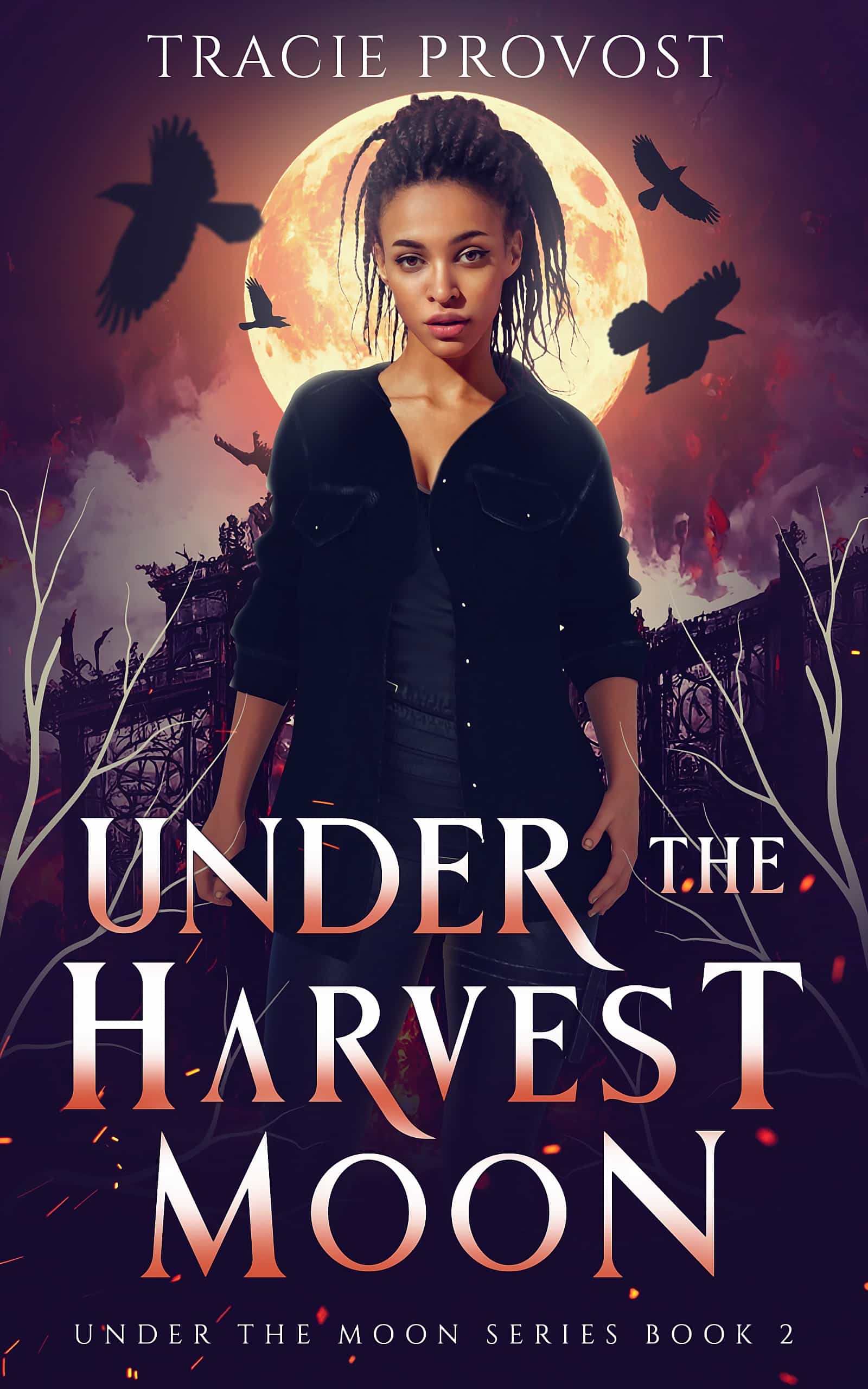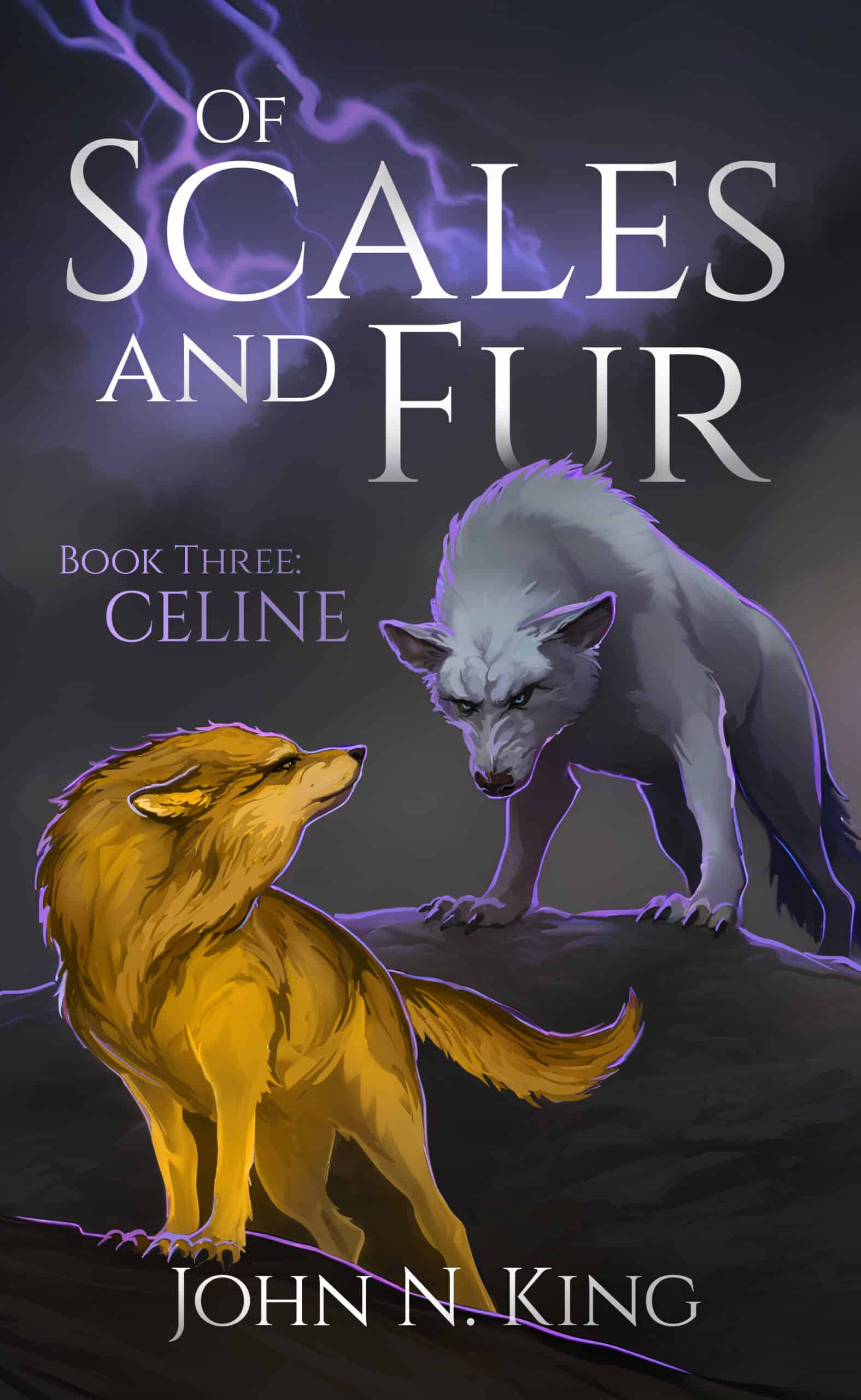
by Emily Wenstrom |
When I wrote my last manuscript, I let inspiration carry me away. I had the introductory scene all laid out in my head, and my POV character’s voice was whispering to me in my head. I dove in head first, hard-core pantsing my way through the plot as I went.
At first it was great. But about two-thirds of the way through, I’d dug myself into a plot hole I couldn’t get out from, my worldbuilding was haphazard and unclear, my character’s motivations were fuzzy, and I had no idea where to go next.

by Emily Wenstrom |
Maleficent. Elphaba. Regina. There’s a reason these new spins on classic stories are so popular. These stories make for an intriguing new look at something old and familiar—one that forces us to reconsider the villain. We can all take a lesson from this villain-as-hero trend.
How do you create rich, compelling villainous character? The answer is easy: Empathy.

by Birgitte Rasine |
Good things supposedly come in threes, right? Whatever your numerical fave is, grab all your literary vitamins because today’s Theme of the Day is STRENGTH.
Do you like your characters strong or weak? Powerful or vulnerable? Invincible or a push-over?
The answer lies, as in so many things, on the golden middle path.
by Liz Bureman |
I just started reading The Perks of Being a Wallflower, having already seen the movie and feeling that I would like to do the work justice by also reading the book. I’m maybe 20 pages in and I can already tell that Charlie, the narrator and protagonist, has a lot of feelings. To be fair, he’s also undergoing some pretty intense stuff, so that’s understandable, but it seems like he’s very in tune with his emotions. One might say that he seems like he’d be a Feeler in the context of the Myers-Briggs type, but you’d have a skewed idea of what Feeling actually is.

by Liz Bureman |
Since my last post, I’ve almost finished Tomcat In Love, and it has been somewhat of an exercise in frustration. This isn’t due to the book itself; it’s more due to the fact that the narrator is one of the most profoundly annoying protagonists I’ve ever encountered in fiction. He is a narcissist with a complete lack of self-awareness (at least until the last forty pages), and an unrepentant womanizer. Early on in the novel, we’re introduced to a woman who immediately provides a voice of reason, and helps serve as a reader surrogate. Everything that Thomas believes himself to be, Donna firmly states this is not the case, and her protests to his behavior make his ridiculous narcissism stand out even more boldly. She is a perfect foil to Thomas’s insanity.






